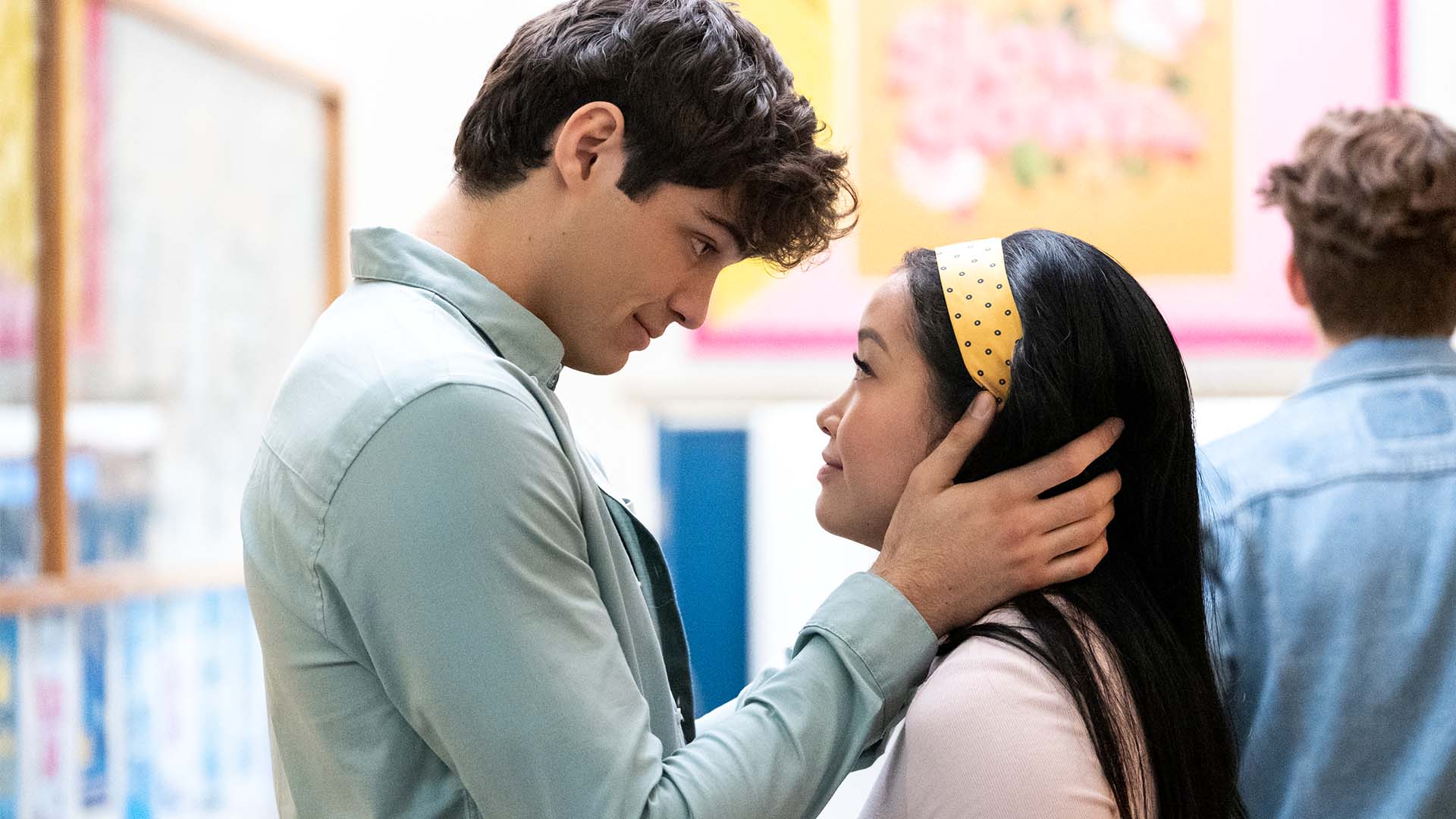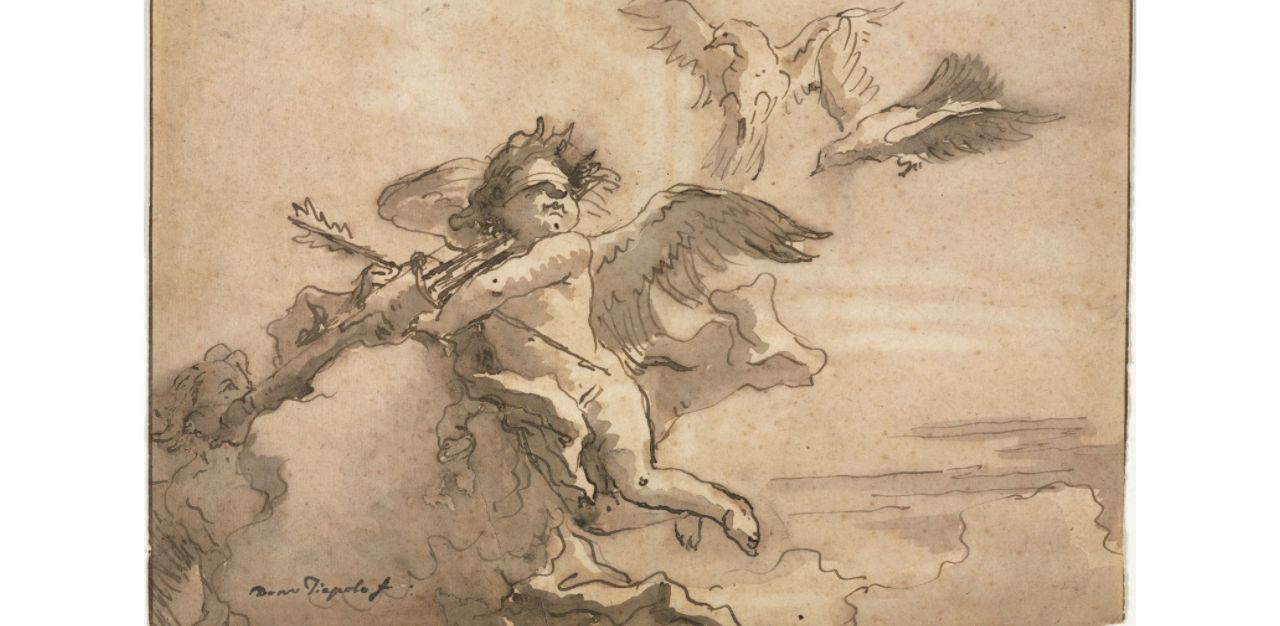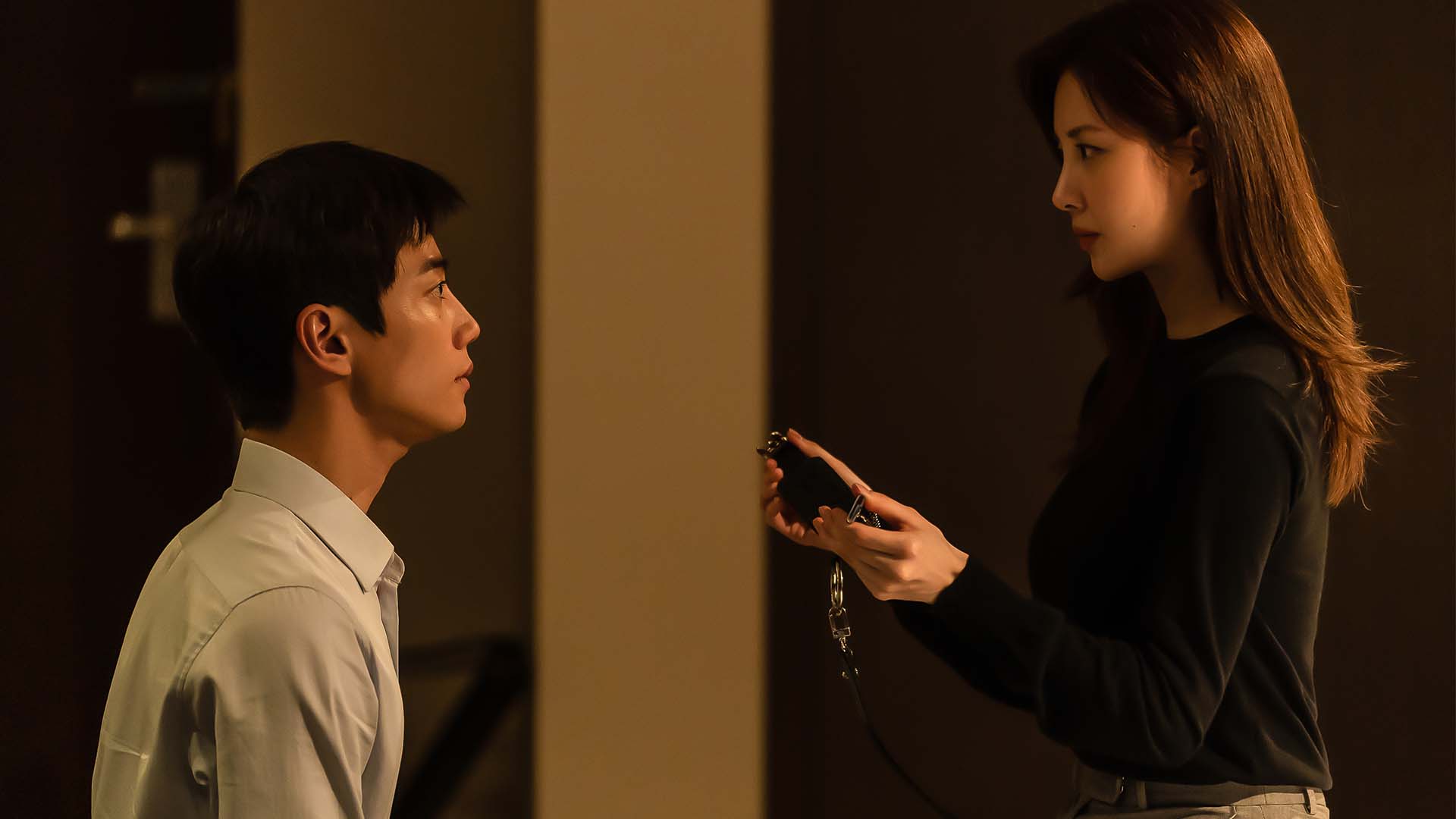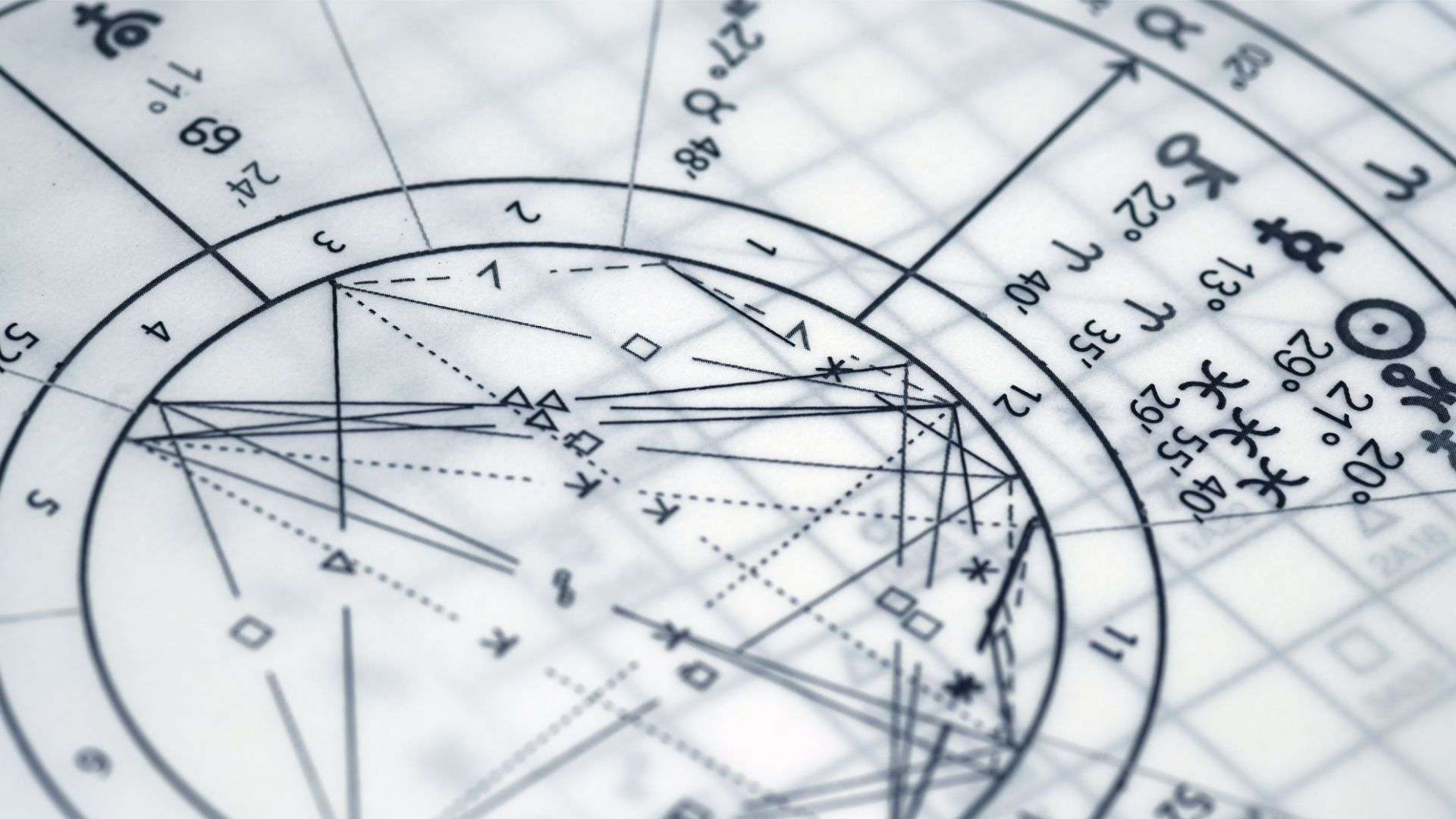Not so long ago, perhaps during our parents’ era where smartphones or the Internet were foreign concepts, romance often followed a cookie cutter formula: dinner, a movie, a goodnight kiss, and perhaps even a post-date, late-night booty call till the next morning. The courting game then — whether it is boy meets girl, girl meets girl, or boy meets boy — was some form of investment, confidentiality, and required a considerable amount of effort.
Fast forward to today. With the advent of the Internet and smartphones, the way we find love has changed drastically. You can still rely on your wits and charm and work in silos, or count on your friends as wingmen, your relatives’ word of mouth recommendations, or through sheer liquid courage to court someone.
Romance, as we know it, is a game of odds that almost always begins with a chance encounter. And like the dating landscapes of yesteryears, you still need to invest, be close-lipped and put in the hard work.
Online dating: The pro’s perspectives

But love can be difficult to find these days.
While meeting people online has been the norm for many today, virtual dating applications have turned some people into play things too. Unrealistic standards have been set by both men and women; with some prioritising physical beauty or wealth above all else, while others being unwilling to settle for anything less than a kismet.
“The culture of hook up is so prevalent and singles may only be looking for a serious, committed relationship at a later stage of their lives,” says chief executive of luxury matchmaking agency Date High Flyers Anisa Hassan. “We are now dating among the digital natives who are so adept at navigating different dating apps and social media platforms to meet new people.”
Chief matchmaker Violet Lim of Lunch Actually echoes the same sentiments, citing “digital dating” as the norm. According to the veteran matchmaker, when two parties match and start chatting on a dating application, they begin to size each other up and seek common interests, just like Knapp’s Relationship Model of Development that pinpoints the stages a couple get together.
Ms Lim adds: “Chatting has become like mini dates — every question, every reply, every emoticon is used to judge and scrutinise whether they want to continue with the conversation.”
Comments, however casual they might be, in these “mini dates” are paramount in helping one form an impression of the other. When misinterpreted, they may derail the two from meeting. “Some may not even realise why they are ghosted,” she says, emphasising one of the limitations of using a dating application to meet someone.
“Some may opt to use mobile dating applications to meet others due to their convenience. Others, who prefer to find love on safer and more secured grounds, may not. Ultimately, it all boils down to personal preferences,” Ms Anisa adds.
In that regard, professional matchmakers, like Ms Anisa and Ms Lim, are cupids who place an emphasis on the human connection.
Playing cupid is no easy feat
“Being in this business made me realise that everyone has the desire to love and be loved,” Ms Anisa, who works with high net worth individuals, says. “(My clients) trust that I first meet all the other potential candidates in person and get to know them on a deep level.”
These clients, Ms Anisa says, place a premium on security, safety and selectivity, and it is her duty as a matchmaker to assess and review on her clients’ behalf. Tough questions, such as those pertaining to relationship expectations or career aspirations, will be raised by her as part of her intensive screening process.
The same can be said for Ms Lim who, along with her team, would go through rounds of background checks to ascertain compatibility before arranging the first date, usually at a restaurant, on behalf of the two clients. Thereafter, the consultants would fine tune their selection criteria based on the clients’ feedback, before searching again.

In other words, for both the matchmaker and the client, the entire matchmaking process is a learning journey — where clients learn how to manage expectations and know themselves a little better, while matchmakers take on curveballs, devise new strategies and new individuals into the mix.
“Different singles will have a different challenge, but I would say, the main challenge is that they come to matchmaking services with a long checklist (that they want to hit). We call it ‘checklist syndrome’ here,” Ms Lim laughs.
“It’s a good idea to know what characteristics are important to you, but you cannot become too inflexible,” she says, highlighting how some individuals’ preferences may obstruct them from finding love. These preferences run the gamut from wanting partners to be above 1.8 metres to belonging to a certain income bracket.
To date, Lunch Actually has arranged over 150,000 first dates and created more than 4,500 successful marriages in the past 17 years, while Date High Flyers have successfully paired more than 1,100 couples since 2004.
Presently, both Lunch Actually and Date High Flyers only cater their services to heterosexual individuals.
Pandemic pangs

During the early parts of the pandemic, when mass quarantine and isolation were a thing, romance seems to have taken a back seat. Couples no longer partake in dating activities that they once could, that is until the restrictions were lifted.
With uncertainty and concerns over their health and job stability, singles were not that inclined to date then, says Ms Lim.
Romance became an exercise of trust and extreme pivoting. Once more relying on technology to bridge the distance between each other, couples hopped onto Zoom, Skype, or even Discord to stay connected virtually.
“After a while, (these singles) realised the pandemic may last longer than expected and knew that they could not put their lives on hold,” she adds. “Ultimately, they desire love and companionship and virtual dates boomed.”
Popular dating applications saw an increase in new users during the pandemic. The Match Group, which owns dozens of popular apps like Tinder, Hinge, and OkCupid, reported an 11 per cent gain in average subscribers year-on-year while Bumble registered a 70 per cent spike in video calls between March and May of 2020.
Closer to home, local dating agency Paktor Group reported a 28 per cent spike in installation rates of their mobile dating application in 2020 compared to 2019. User engagements on the mobile application were reportedly increased by 17 per cent.

The Covid-19 pandemic also upended thousands of weddings and divorce plans.
According to the 2021 report by the Department of Statistics, there were only 22,651 marriages in 2020 – a 10.9 per cent drop from 25,434 in 2019. The results were a consequence of pandemic restrictions and safe management measures which impacted the number of guests allowed at weddings or solemnisation ceremonies. Due to this unpredictability, many couples even opted to postpone their marriage ceremonies or opt for digital alternatives.
On the flip side, the same report also found that the number of divorces and annulments have fallen – a 8.7 per cent dip from 7,623 in 2019 to 6,959 in 2020, the lowest since 2006. Family lawyers attribute this to a myriad of factors, including couples deciding to stick together in light of the economic slump or that divorce motions were not able to be filed as courts placed priorities on cases that were urgent and essential.
The 2021 Statistics on Marriages and Divorces is expected to be published in July 2022.
Even so, countless narratives of how the circuit breaker and working from home arrangements have strained relationships or created more marital tensions over the web as well. The pandemic accelerated some couples’ ineffectual communication skills that may eventually lead to the demise of the marriage or relationships.
Into the world of bazi & natal charts
In their search for meaningful relationships, many individuals, especially the millennials, have also turned to metaphysics, such as palmistry, natal charts, and bazi, for help, beyond the scope of modern dating applications or professional matchmakers.
Mr David Tong, founder of Chinese Metaphysics Global Consulting, says using bazi, otherwise known as “eight characters” in Chinese, or natal charts to determine mutual compatibility between two individuals is not an entirely new or novel concept.
For the uninitiated, bazi is a sophisticated system of Chinese metaphysical science used to decipher and predict one’s destiny. According to Mr Tong, who is both a feng shui and bazi practitioner, bazi melds feng shui, astrology and a person’s natal chart, which can be determined from his date and time of birth, together to unveil different aspects of his life. Simply put, your natal chart, like your DNA, is unique, and depending on the placements of the stars and planets in the cosmos on the precise moment you were born, you will lead a life fulfilling a certain destiny.

In other words, you only need your natal chart for your ba zi to work, which is quite unlike meeting professional matchmakers or dating applications that rely on your willingness to divulge personal information to others. Most interestingly, from Mr Tong’s experience, it is the couples, who have been dating, usually come to him to check on their mutual compatibility and gather insights on possible struggles they might face.
“You can use ba zi to determine a person’s character. You can tell if someone is opinionated, faithful or flirtatious,” Mr Tong says. “It can also tell if someone is suited to marry early or later in life, as well as when he or she will get married.”
The allure of such unorthodox methods of checking mutual compatibility in recent years could perhaps be attributed to the public’s willingness and rising receptivity to try new things, says Ms Chang Ling Lin, a 27-year-old palm reader and natal chart analyst at her Instagram shop, @palms.of.secrets.
Another strength of using a natal chart to decipher relationship trajectories is its ability to help clients make informed decisions. Highlighting this, Ms Chang says: “Essentially, problem solving before conflicts happen. Many couples rely on the insights that metaphysics science provides to navigate their way around the relationship better, build a stronger foundation and have a better understanding of each other.”
Ms Chang says that in the last five years, she has met with 250 pairs of couples, who reached out to her for palmistry readings to ascertain compatibility, and 60 more who wanted insights on their relationships through natal chart analysis.
Both Mr Tong and Ms Chang agree that the onus is still on the individuals to make things work. Or as Ms Chang says: “The other part of the equation is all about effort and making sure the romance is not dead.”
Join the conversations on TheHomeGround Asia’s Facebook and Instagram, and get the latest updates via Telegram.














